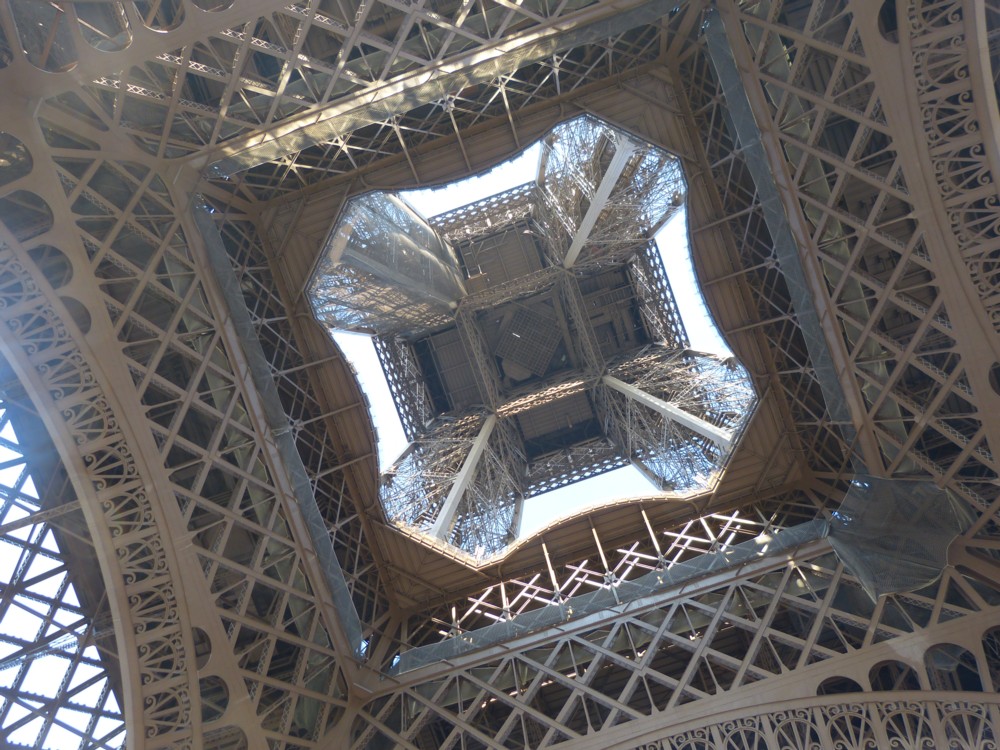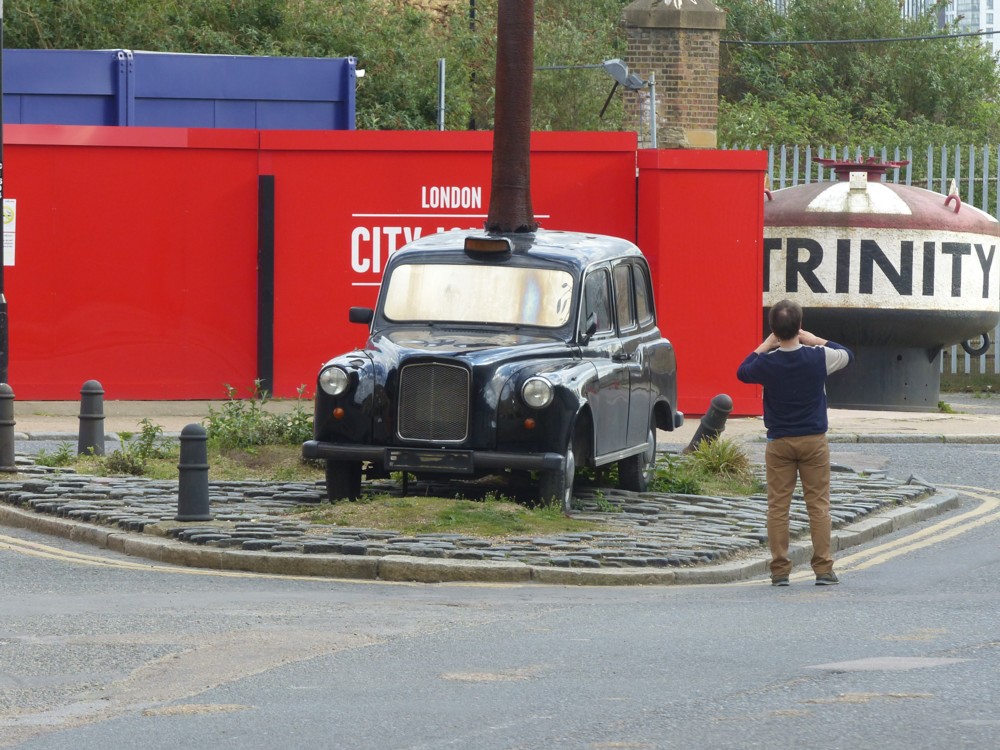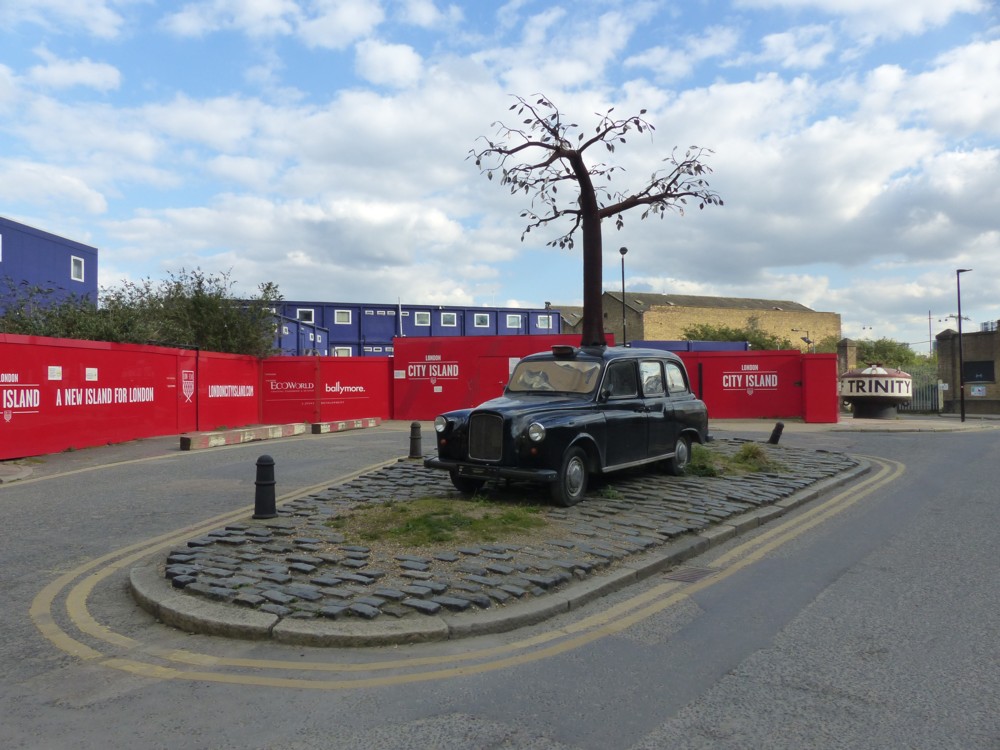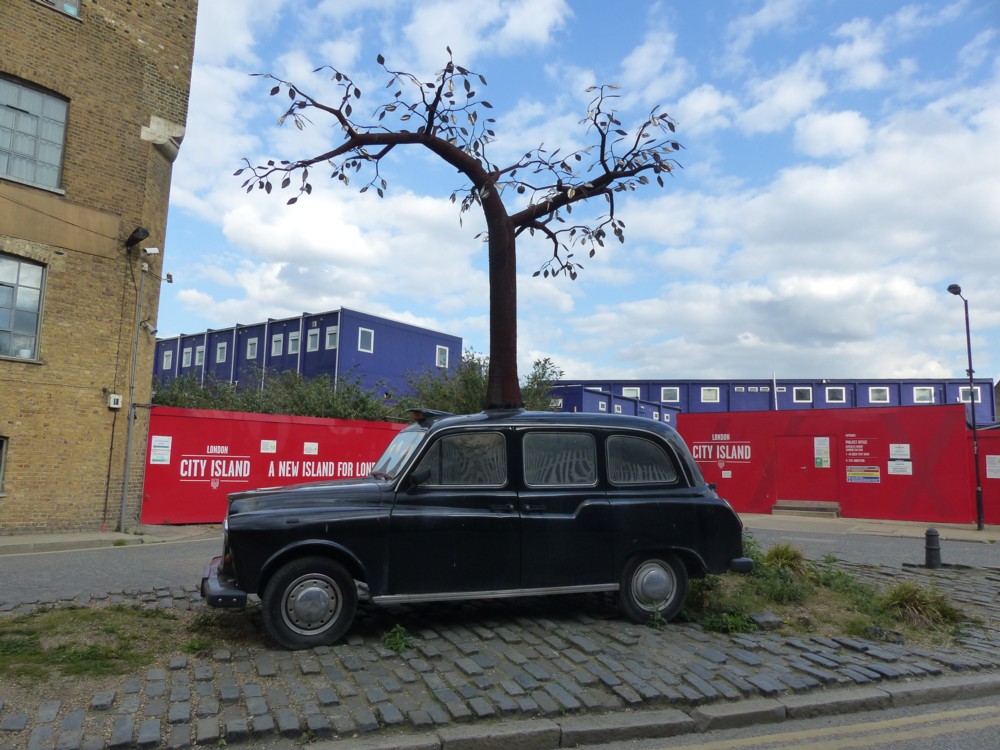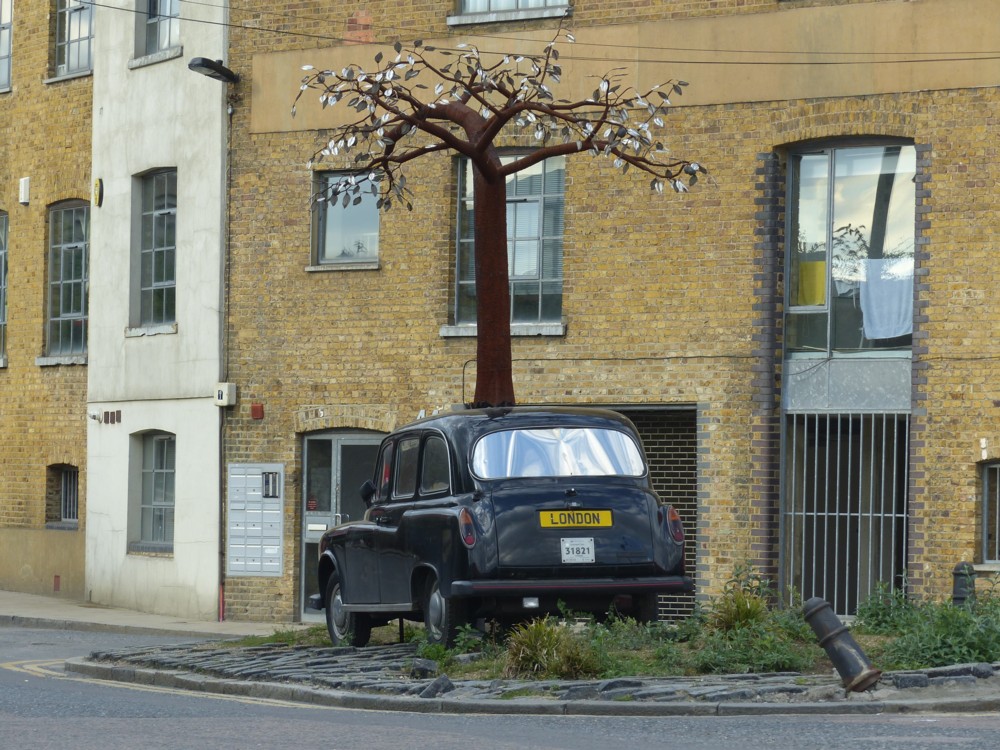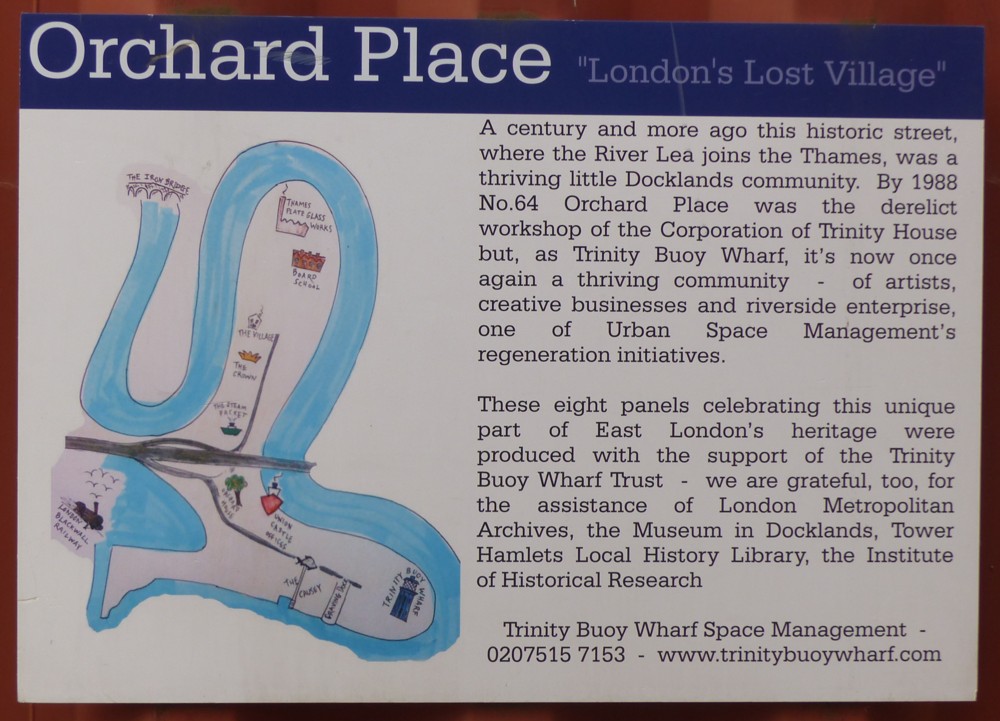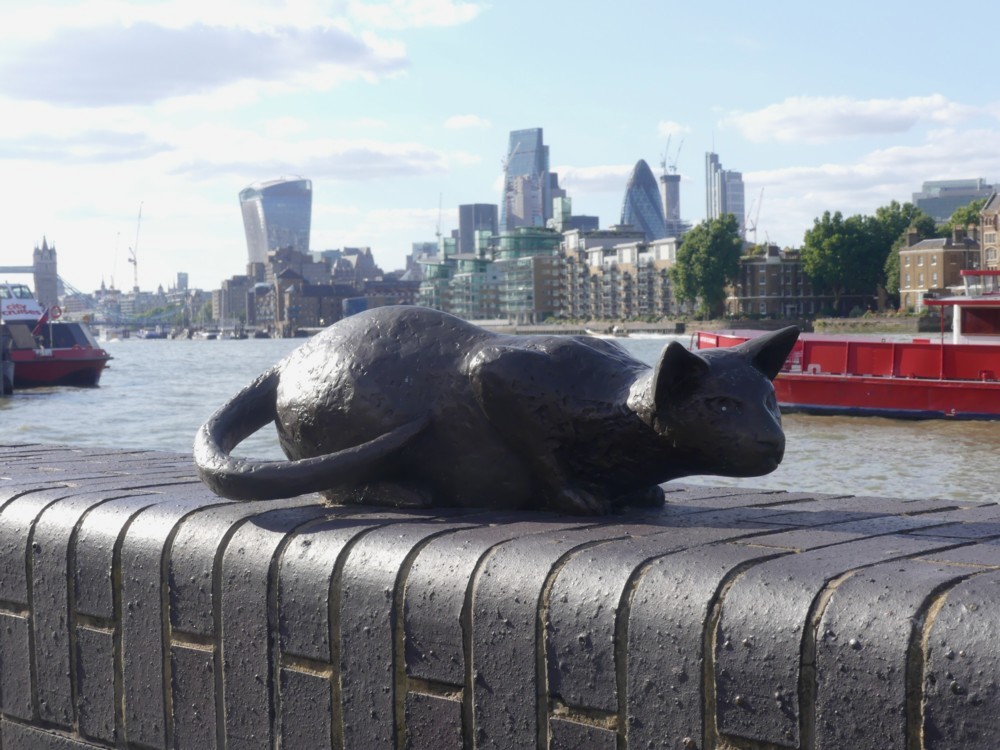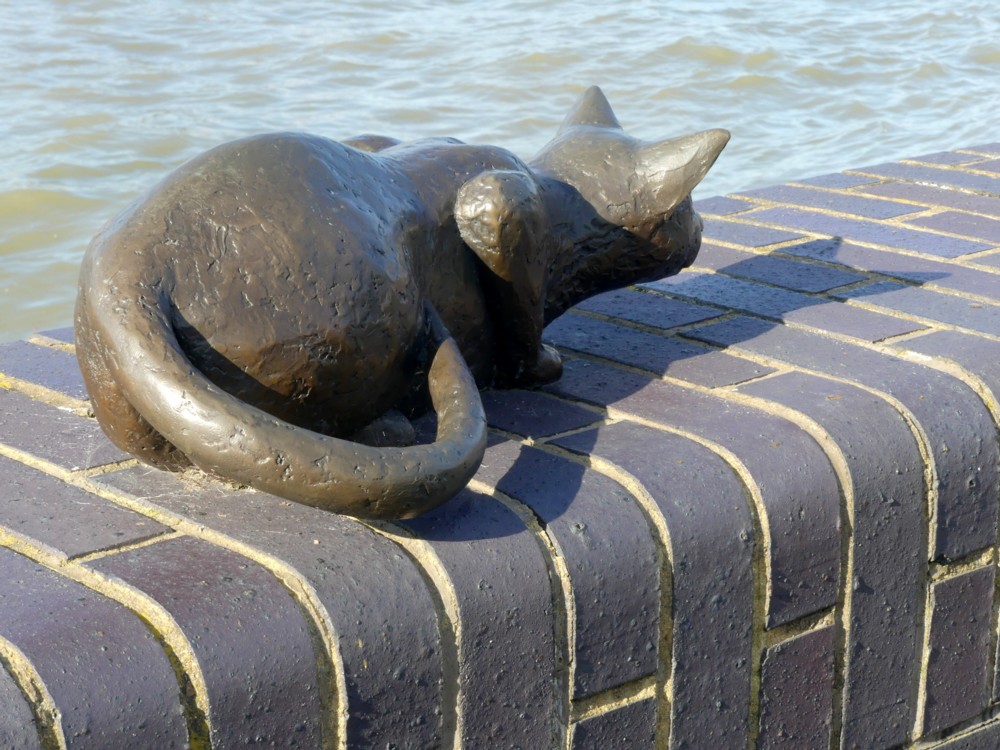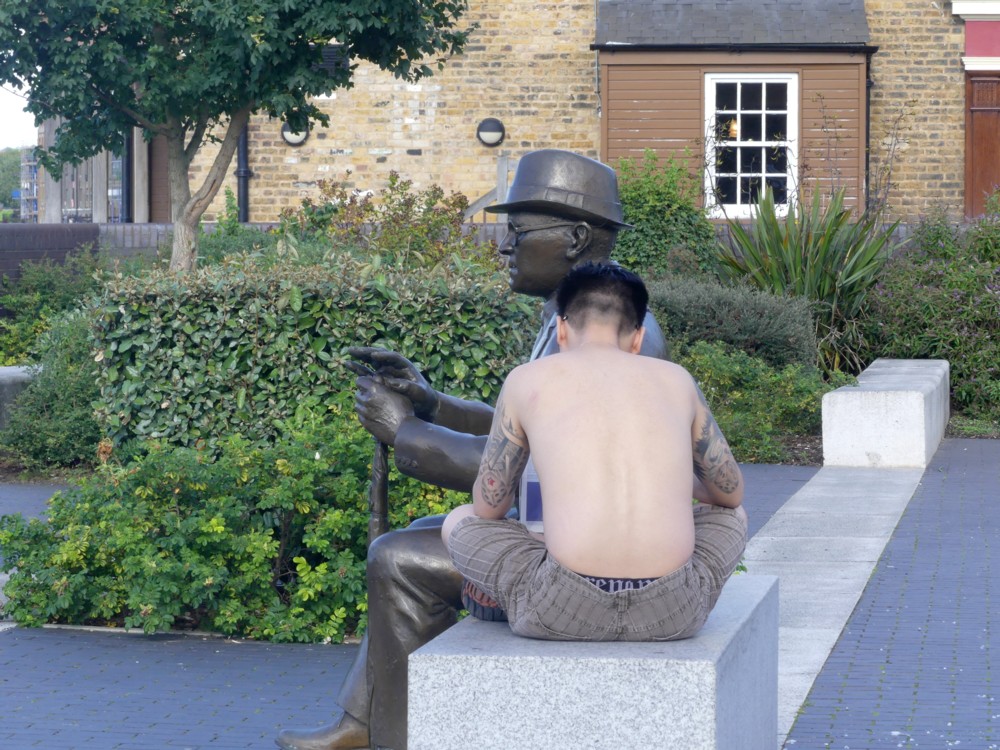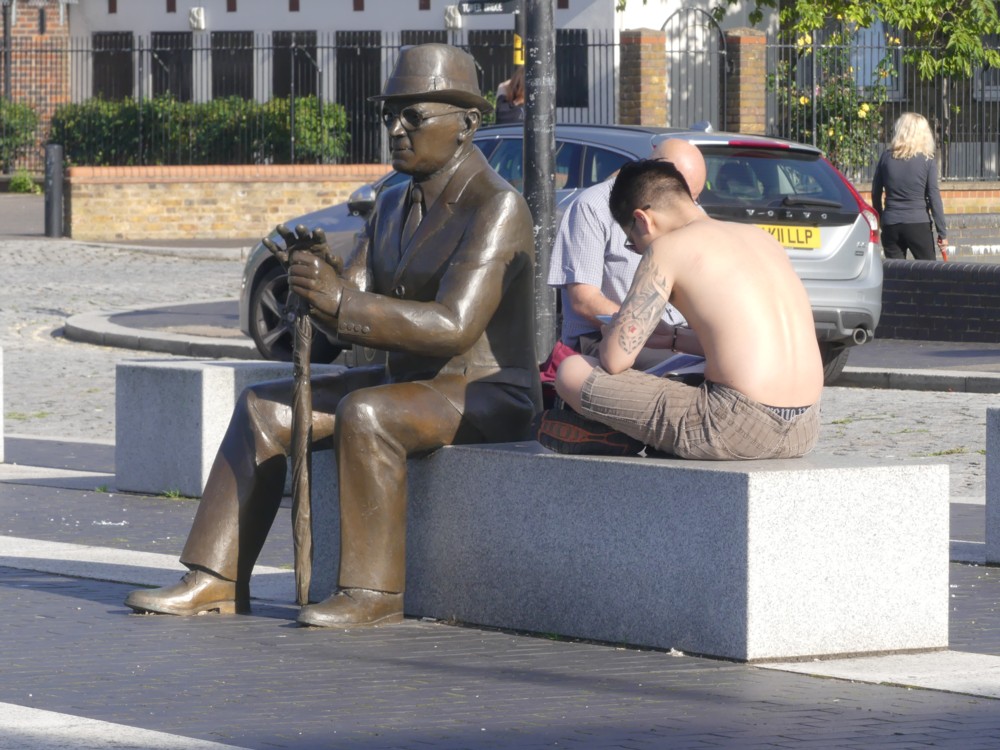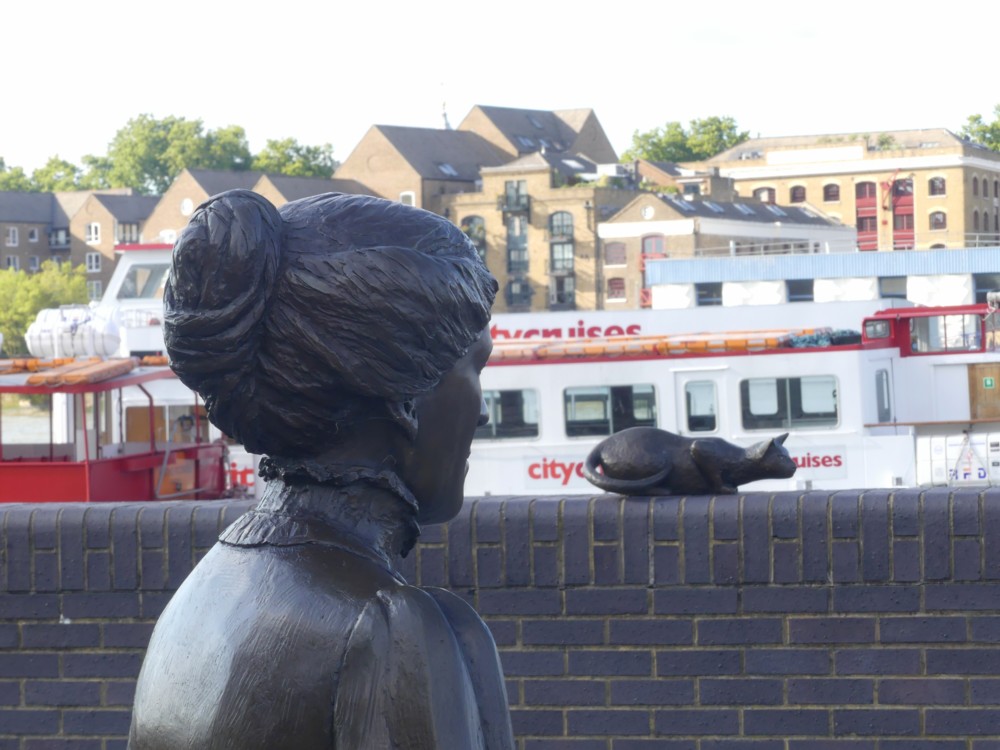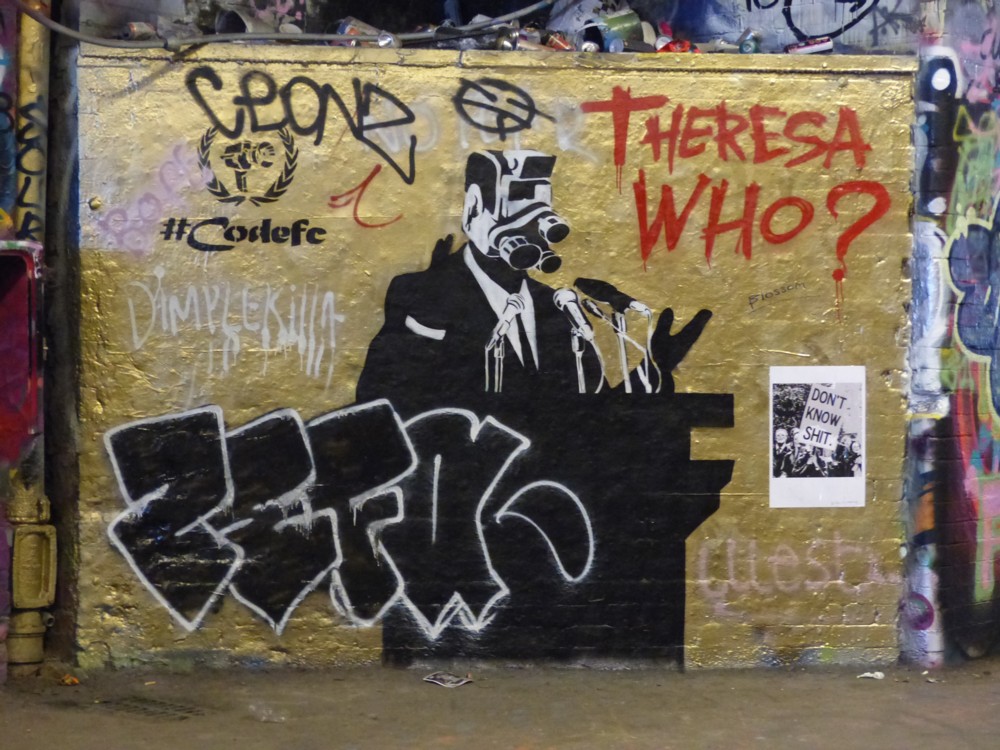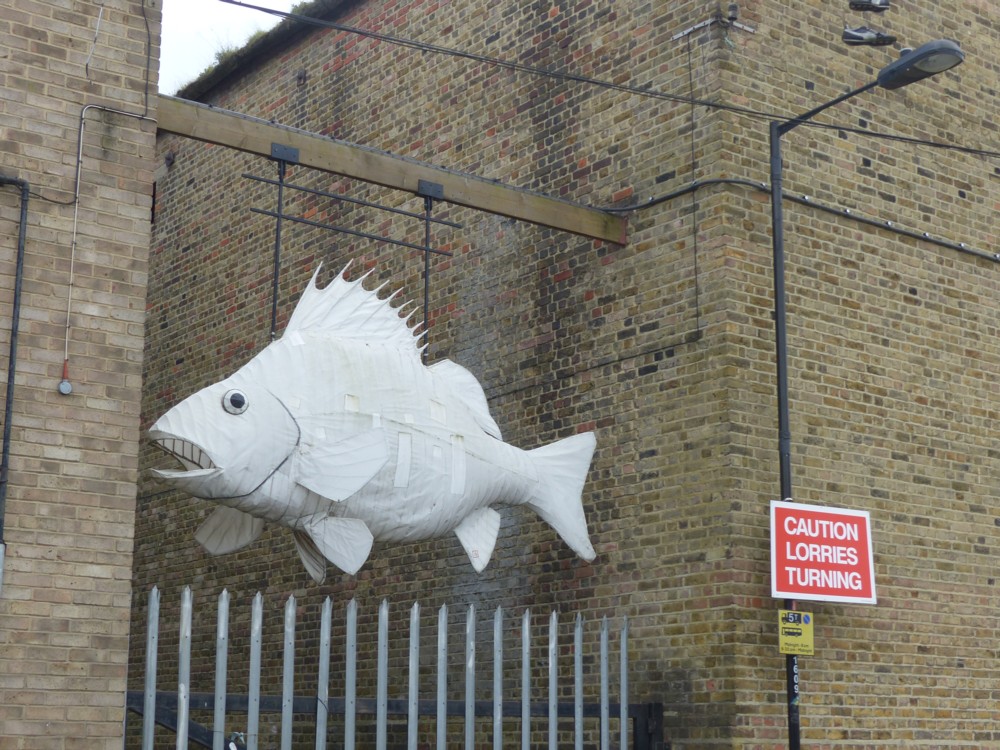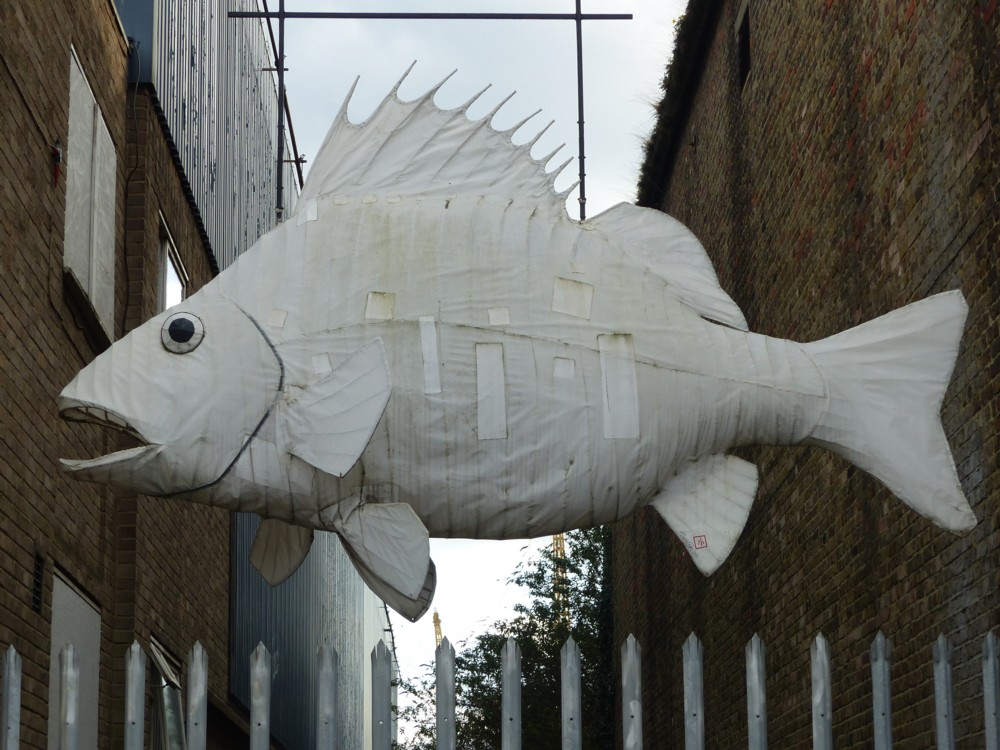Martin Gayford’s book A Bigger Message: Conversations With David Hockney, seems very promising.
Hockney is an interesting and likeable man, I think, although I imagine he turns a bit nasty if you in any way get between him and his work. What I particularly like about him is that he doesn’t indulge in the usual artistic sport of epater-ing the bourgeoisie. He is content to be bourgeoisie.
Here’s an early nugget from this book (from the Introduction, on page 10):
The savants of the eighteenth century were much exercised by the question of what a person blind from birth, whose sight was suddenly restored, would make of the visible world. Amazingly, the experiment was actually performed. In the 1720s, William Cheselden, a London surgeon, removed the cataracts from the eyes of a thirteen-year-old boy. The latter gradually came to associate the objects he had known only through touch with what he now saw. One of the last puzzles he solved was that of pictures. It took two months, ‘to that time he consider’d them only as Party-coloured Planes, or surfaces diversified with Variety of paint’. And that of course is exactly what pictures are, but they fascinate us and help us understand and enjoy what we see.
When I’m done reading that book, I will be moving on to Gayford and Hockney’s more recent magnum opus, entitled A History of Pictures: From the Cave to the Computer Screen.
I have always been fascinated by the complex relationship between photography and painting. As has Hockney, it would seem. The very fact that this title talks about “pictures” rather than merely “art” or “painting” is, to me, highly promising.

